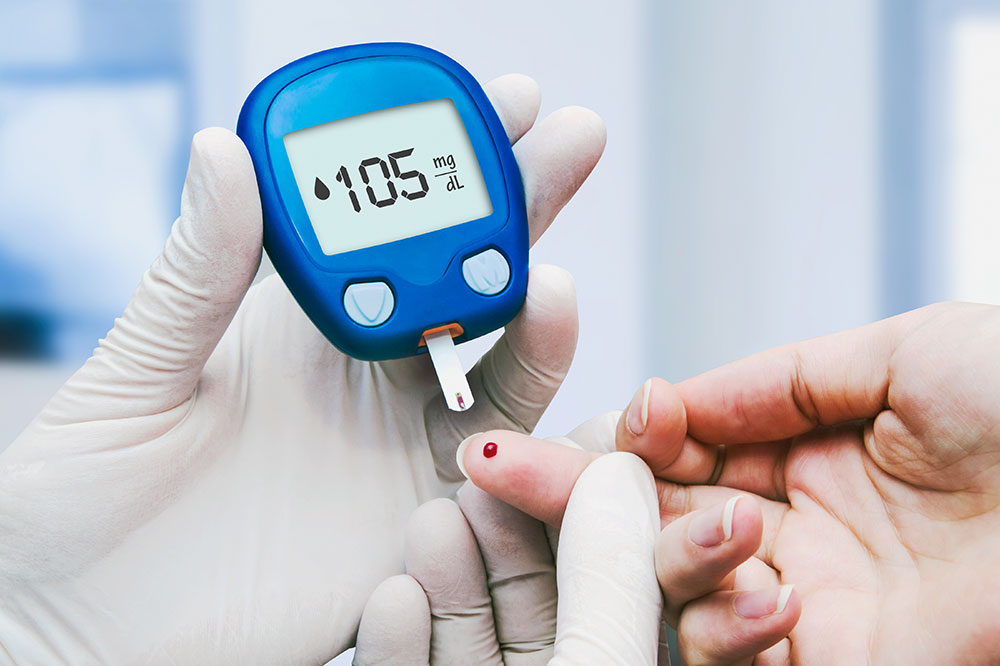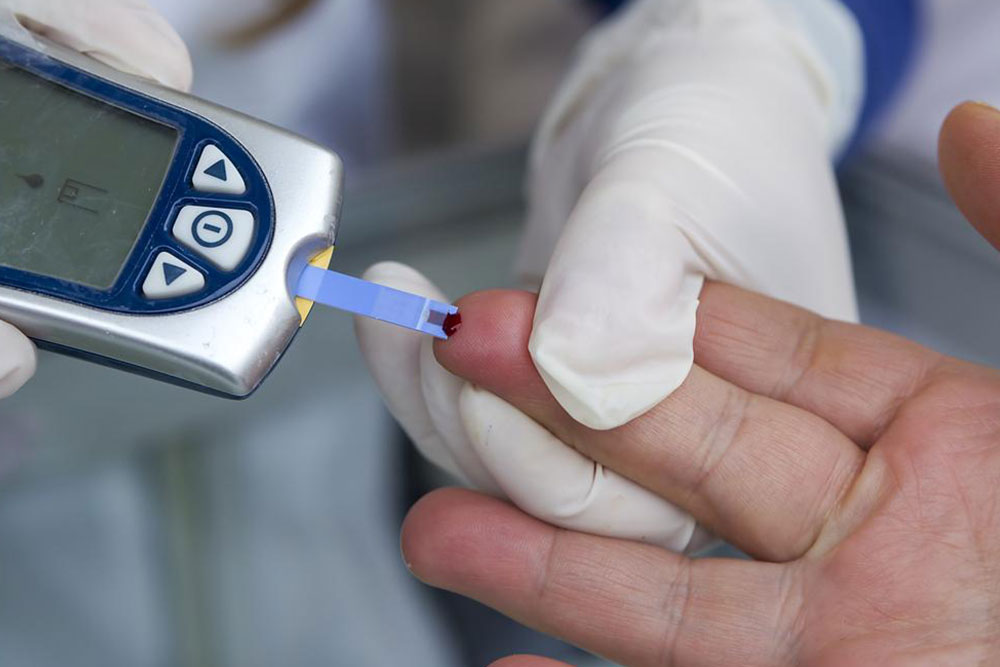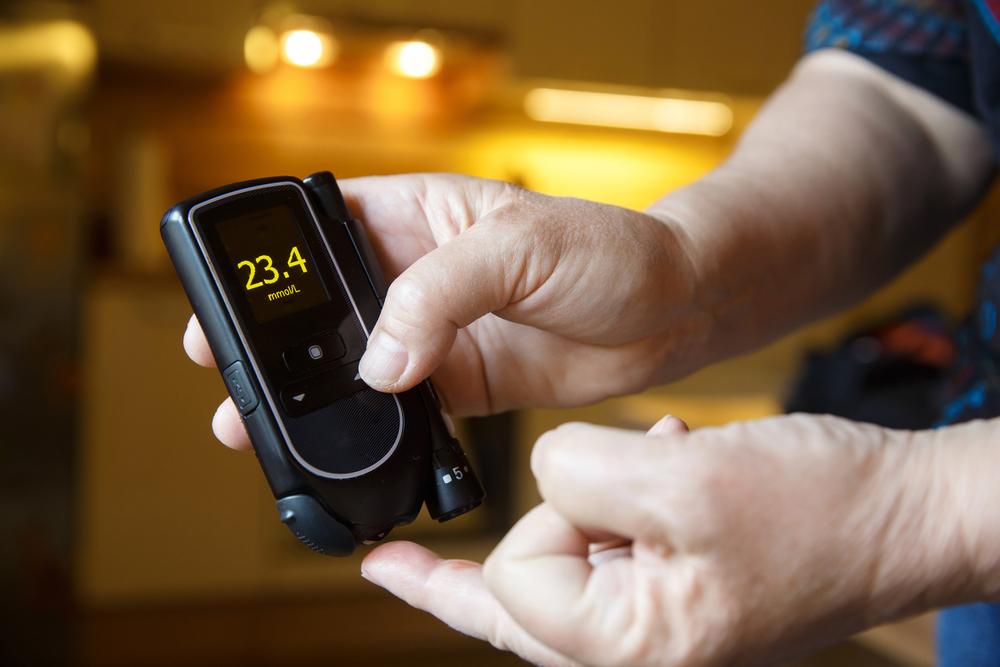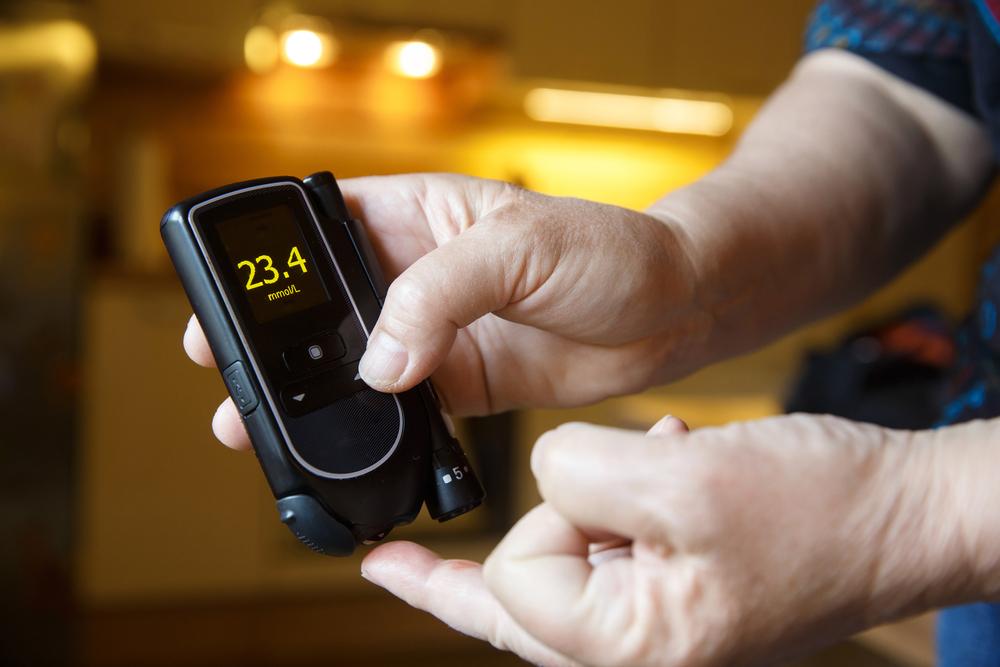Comprehensive Guide to Diabetes: Types, Symptoms, and Management Strategies
This comprehensive guide delves into the different types of diabetes, including type 1, type 2, prediabetes, and gestational diabetes. It highlights key symptoms such as frequent urination, thirst, fatigue, and slow wound healing. The article emphasizes the importance of early detection and explores effective management strategies, including lifestyle changes and medical treatments. By raising awareness about diabetes, it aims to help individuals make informed decisions for better health and prevention of serious complications.
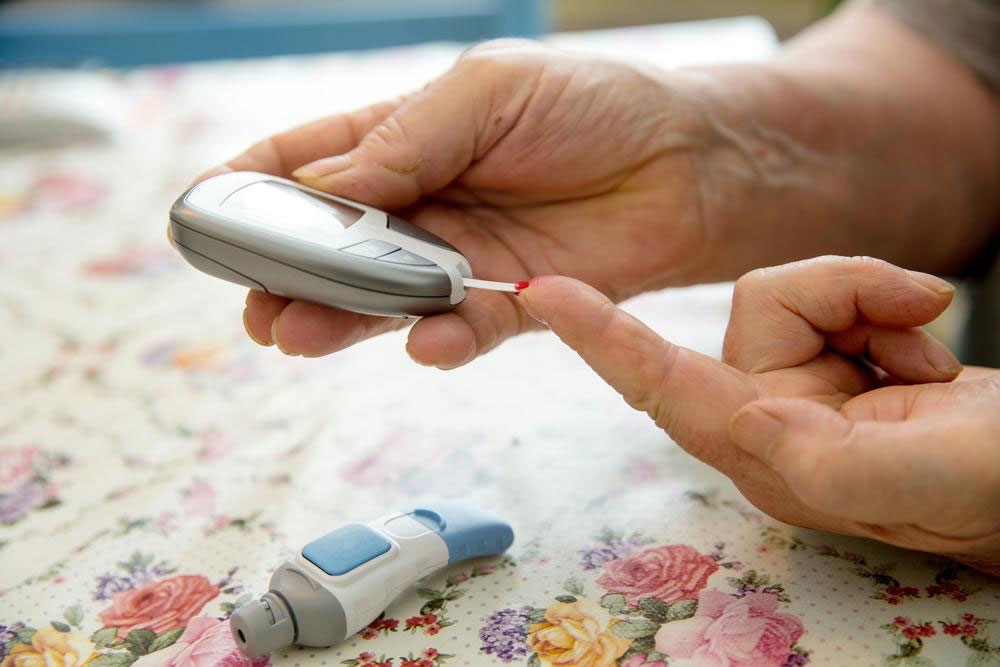
Diabetes mellitus represents a complex group of metabolic disorders characterized primarily by persistent high blood sugar levels, known medically as hyperglycemia. This condition results from the body's inability to produce enough insulin or to use insulin effectively, which disrupts normal carbohydrate, fat, and protein metabolism. If left unmanaged, diabetes can lead to severe health complications such as cardiovascular disease, nerve damage, kidney failure, and vision impairment. Understanding the different types of diabetes, recognizing their symptoms early, and exploring the available management strategies are essential steps toward maintaining health and preventing long-term damages.
Diabetes is broadly classified into four main categories, each with distinct causes, characteristics, and treatments. Gaining insight into these categories can empower individuals to seek timely medical advice and adopt lifestyle changes to control their condition effectively.
Types of Diabetes
1. Type 1 Diabetes
Type 1 diabetes, often diagnosed in children and young adults, is an autoimmune disorder where the body's immune system mistakenly attacks and destroys the insulin-producing beta cells in the pancreas. This destruction results in an absolute deficiency of insulin, making individuals with this condition entirely dependent on insulin injections or insulin pump therapy for survival. Although it accounts for approximately 5-10% of all diabetes cases, the onset of type 1 diabetes can be rapid, with symptoms appearing suddenly.
2. Type 2 Diabetes
Type 2 diabetes is the most common form of the disorder, representing around 90-95% of all diabetes cases worldwide. It primarily develops in adulthood but increasingly affects younger populations due to rising obesity rates, sedentary lifestyles, and poor dietary habits. In type 2 diabetes, the pancreas still produces insulin, but the body's cells become resistant to its effects—a condition known as insulin resistance. As a result, blood sugar levels rise, and the pancreas initially compensates by producing more insulin. Over time, insulin production can decline, worsening hyperglycemia. This form of diabetes can often be managed through lifestyle modifications, oral medications, and, in some cases, insulin therapy.
3. Prediabetes
Prediabetes is a transitional state where blood glucose levels are elevated above normal but not high enough to diagnose as diabetes. It serves as a warning sign and a critical window for intervention. Without lifestyle changes, prediabetes frequently progresses to type 2 diabetes within a few years. Recognizing prediabetes through blood tests such as fasting glucose and HbA1c levels enables healthcare providers to recommend preventive measures to halt or delay disease progression.
4. Gestational Diabetes
Gestational diabetes occurs exclusively during pregnancy when hormonal changes cause insulin resistance. This condition affects approximately 2-10% of pregnancies and usually resolves after childbirth. However, women who experience gestational diabetes are at higher risk for developing type 2 diabetes later in life. It can also pose risks to the fetus, including premature birth, high birth weight, and respiratory issues. Monitoring blood sugar levels and managing gestational diabetes through diet, exercise, and medication are vital for the health of both mother and child.
Recognizing Key Symptoms of Diabetes
Early detection of diabetes hinges on awareness of its common symptoms, which often develop gradually and may be overlooked. Recognizing these signs promptly can lead to timely diagnosis and management, significantly reducing the risk of complications.
Frequent urination: Increased blood sugar levels lead kidneys to filter and excrete excess glucose, resulting in more urination.
Excessive thirst: Dehydration from frequent urination triggers an intense feeling of thirst.
Persistent fatigue: Insulin resistance or deficiency hampers the body's ability to utilize glucose for energy, leading to tiredness.
Increased hunger: Fluctuations in blood sugar levels interfere with normal hunger and satiety signals.
Blurred vision: High blood sugar causes fluid to seep into the lens of the eye, affecting focus.
Slow wound healing: Elevated glucose levels impair immune function and tissue repair processes.
Tingling or numbness: Prolonged high blood sugar damages peripheral nerves, often beginning in the extremities.
Skin issues: Dark patches, infections, and dry skin are common in uncontrolled diabetes.
It is crucial for individuals, especially those with risk factors like family history, obesity, or sedentary lifestyles, to undergo regular health screenings. Early diagnosis allows for better management and can prevent the development of severe complications such as cardiovascular disease or neuropathy.
Management and Treatment Options for Diabetes
Effective management of diabetes involves a combination of lifestyle modifications, medications, and regular monitoring. The goals are to maintain blood glucose levels within target ranges, prevent complications, and enhance quality of life.
Lifestyle Strategies
Healthy Diet: Emphasize whole grains, vegetables, lean proteins, and healthy fats while limiting sugar, refined carbs, and processed foods.
Regular Physical Activity: Engage in at least 150 minutes of moderate aerobic exercise weekly to improve insulin sensitivity.
Weight Management: Maintaining a healthy weight reduces insulin resistance and eases blood sugar control.
Stress Reduction: Techniques such as meditation, yoga, and adequate sleep help manage stress that can affect blood glucose levels.
Medical Treatments
Depending on the type and severity of diabetes, healthcare providers may recommend various treatments:
Insulin Therapy: Essential for type 1 diabetes and sometimes necessary for advanced type 2 cases.
Oral Medications: Drugs such as metformin, sulfonylureas, and SGLT2 inhibitors assist in lowering blood sugar in type 2 diabetes.
Monitoring: Regular blood glucose testing using glucometers and HbA1c checks helps track progress and adjust treatments accordingly.
Management of Comorbidities: Addressing hypertension, high cholesterol, and other related issues reduces risks associated with diabetes.
Preventive Measures and Lifestyle Tips
Preventing or delaying the onset of diabetes involves adopting healthy habits:
Maintain a balanced diet rich in vegetables, fruits, and whole grains.
Prioritize physical activity and avoid sedentary behaviors.
Target a healthy body weight through combined diet and exercise.
Avoid excess alcohol consumption and smoking.
Get regular health checkups and blood tests to monitor risk factors.
In conclusion, understanding the different types of diabetes and their symptoms is crucial for early intervention. With the right lifestyle choices and medical support, individuals can effectively manage the condition, reduce the risk of complications, and lead healthier lives.
